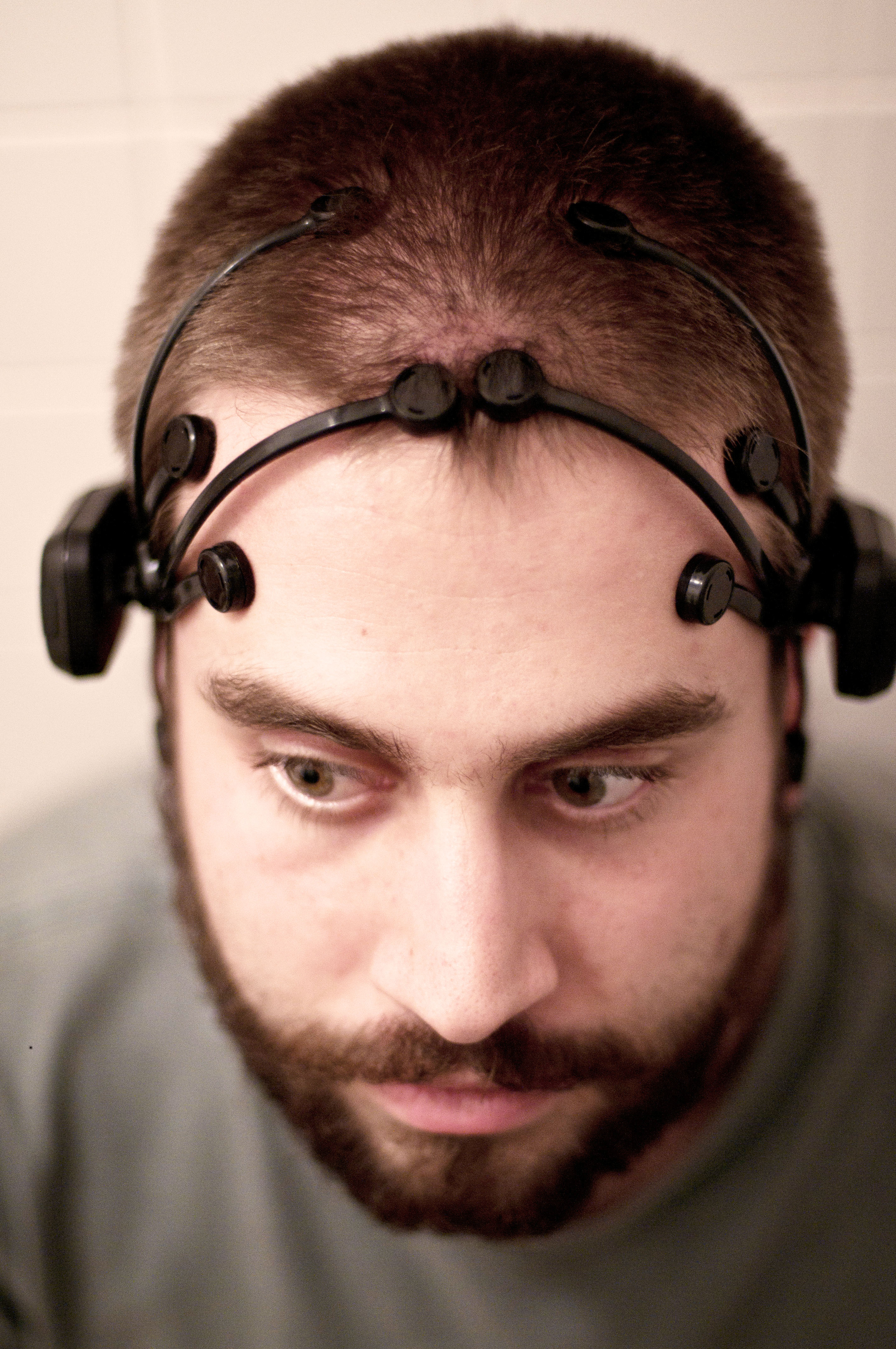
Ideas, Technologies, and Techniques
[flickr id=”8076835739″ thumbnail=”medium_640″ overlay=”true” size=”original” group=”” align=”none”]
I took a class a while back with Paul Catanese called Sound As Art Material where we learned the programming language Max MSP. This was my introduction to using code as art material. I felt like, through max, anything was possible, so I decided to make an instrument that generated sound based on the data gathered from EEGs placed on my head to read my brainwaves. I thought that would be pretty innovative and cutting edge. There were two big problems with my instrument:
1. I was reinventing the wheel. I discovered that professor David Rosenbloom of CalArts had been doing this since the 1970’s.
2. The technology was interesting, but the idea or concept was not.
Lesson Learned: You can do virtually anything with technology. The difficult part is coming up with an interesting idea and concept.
What I learned about Max MSP in the exercise of making the instrument was valuable for the development of my craft, but it was not interesting as an art piece. I thought it would be interesting solely because the technology seemed complicated. I learned that once you have an idea, the technological aspects of the peace are very easy, comparatively. In David Bayles book, Art & Fear, he writes,
While mastering technique is difficult and time consuming it’s still inherently easier to reach an already defined goal—a “right answer”—then to give form to a new idea…. Simply put, art that deals with ideas is more interesting than art that deals with technique.
As a student/learner, it’s valuable for me to experiment with these technologies and techniques. As an artist, I need to learn to strip away any unnecessary bells and whistles I might want to add if they are distracting from the main idea. I’m also learning that I want to spend as much time coming up with good ideas as learning these tools outside of class.
